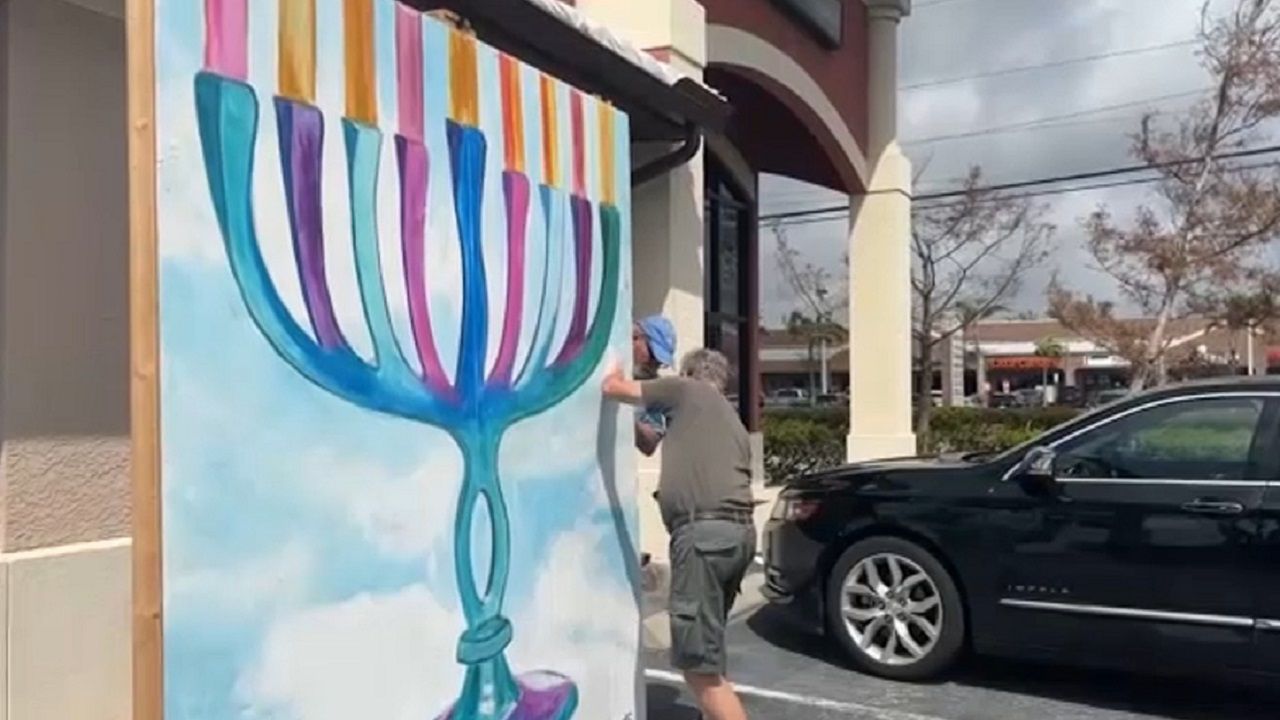SAN DIEGO — The wonder of coral has always captivated Fernando Nosratpour. He’s been working with coral for 30 years.
“It’s the color, the shape. They’re an animal and they’re, like, the best architects,” Nosratpour said.
Nosratpour is now the associate curator at Birch Aquarium and has been here since it opened in the 90s. He has spent years propagating coral, taking fragments and setting them up to grow into their own colonies, similar to propagating plants from cuttings.
Nosratpour helped build a program that trades corals raised in captivity with other aquariums and zoos, and also with scientists across the nation to reduce pressure on wild populations.
“These little corals, how we started, grow into larger colonies, and then the fact that we can share them with other aquariums and researchers is even that much more satisfying,” he said.
Coral reefs are some of the most diverse and valuable ecosystems on Earth.
There is an exhibit in Birch Aquarium that also doubles as a working laboratory for Scripps Institution of Oceanography. It features their 100 Island Challenge, a research effort to discover how coral reefs change through time. Scientists can develop techniques and test prototypes here before traveling to remote locations.
Scripps Scientist Brian Zgliczynski said much of the coral they study has been raised by Nosratpour.
“Fernando gave us some small fragments back eight years ago, and you know, it’s obviously just taken off over the last eight years,” Zgliczynski said. “And so the coral colony that we started with was maybe the size of my fingers and then now we have colonies all over the place in different aquariums and different experiments.”
He says this partnership was also essential to building and testing an underwater microscope that gave them a never-before-seen view of the underwater world.
“To look at the corals to develop a microscope that you could use under water, right?” he said. “So that way you don’t have to pull a coral off the reef. You can actually look at it in situ.”
Zgliczynski has been working on the 100 Island Challenge for years and says collaboration and teamwork will play a big part in protecting the environment.
“We’re actually seeing that some of these corals, it isn’t just gloom and doom, we’re seeing some of these communities are thriving,” he said. “Being able to see that these coral reefs are doing well and it doesn’t take a lot of effort on our part to watch them thrive into the future.”
Nosratpour calls his coral living art and is eager to share the bigger picture with everyone.
“My hope has been, like, especially in the early days when we started working with these, that aquariums can be more than just a pretty thing to look at, that it could be a resource for researchers for scientists,” he said. “I think that hope’s come true.”
Birch Aquarium has been propagating coral for over 20 years. One particular coral has made it into 10 research papers.











